Mind transfers, nanotech, and robotic innovations take center stage in this visionary 2026 book.
Category: nanotechnology

Ultra-thin nanomembrane device forms soft, seamless interface with living tissue
Researchers have developed a new class of ultra-thin, flexible bioelectronic material that can seamlessly interface with living tissues. They introduced a novel device called THIN (transformable and imperceptible hydrogel-elastomer ionic-electronic nanomembrane). THIN is a membrane just 350 nanometers thick that transforms from a dry, rigid film into an ultra-soft, tissue-like interface upon hydration.
The study, performed by the Center for Neuroscience Imaging Research (CNIR) within the Institute for Basic Science (IBS) together with Sungkyunkwan University (SKKU), is published in Nature Nanotechnology.
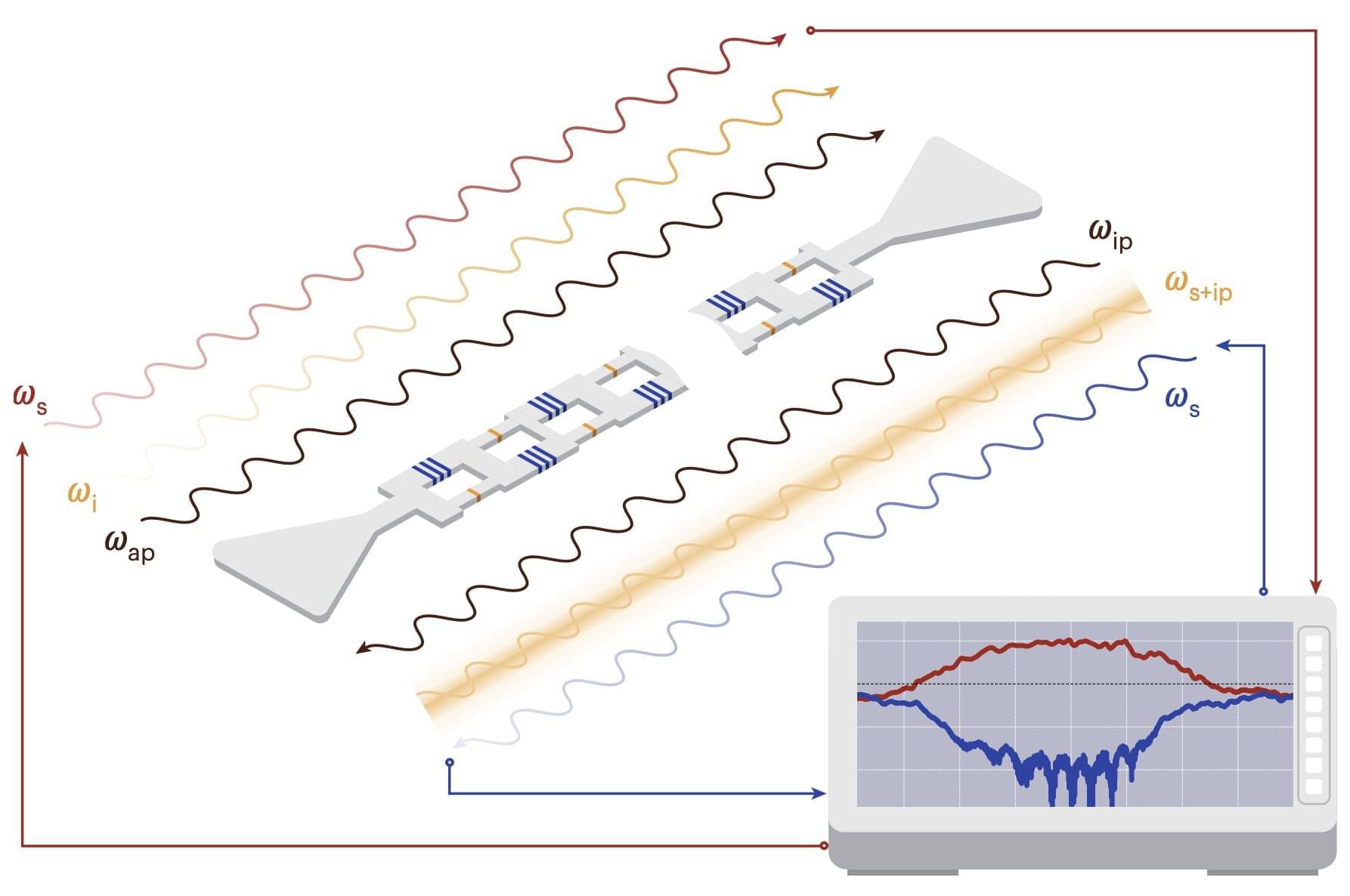
A new traveling-wave Josephson amplifier with built-in reverse isolation
Traveling-wave parametric amplifiers (TWPAs) are electronic devices that boost weak microwave signals (i.e., electromagnetic waves with frequencies typically ranging between 1 and 100 GHz). Recently, many engineers have been developing TWPAs based on superconductors, materials that conduct electricity with a resistance of zero at low temperatures.
Superconductor-based TWPAs can process signals with high efficiency, typically adding little noise to amplified signals. However, conventional amplifier designs lack directionality, which essentially means that electromagnetic energy can propagate backward towards the input, adversely impacting their performance.
Researchers at University Grenoble Alpes, CNRS, Silent Waves and Karlsruhe Institute of Technology recently developed a new TWPA based on nanoscale superconducting components known as Josephson junctions. This device, introduced in a paper published in Nature Electronics, can shift backward-traveling waves to higher frequencies, preventing the backward propagation that typically degrades the performance of TWPAs.
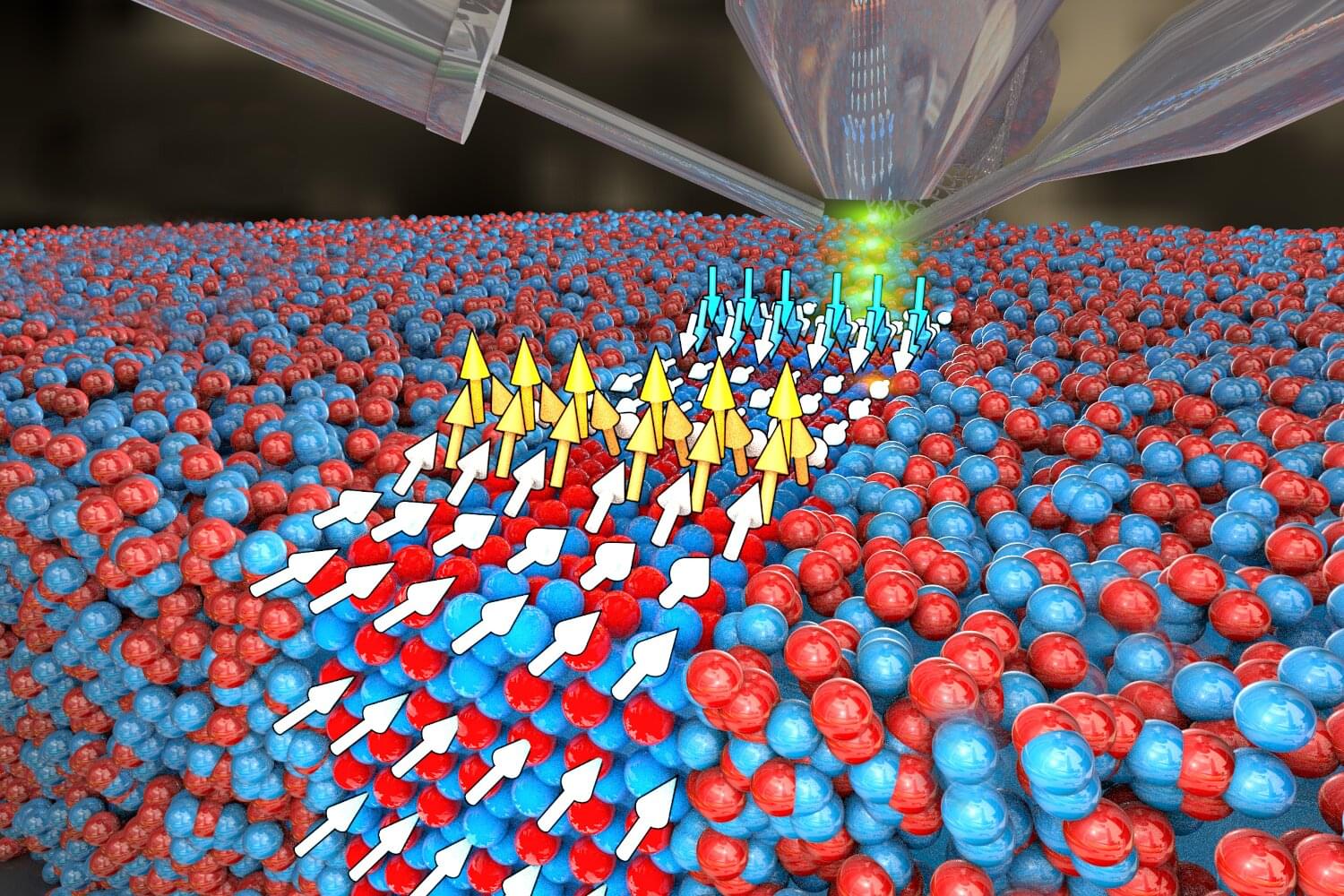
New nanomagnet production process improves efficiency and cuts costs
Researchers at HZDR have partnered with the Norwegian University of Science and Technology in Trondheim, and the Institute of Nuclear Physics in the Polish Academy of Sciences to develop a method that facilitates the manufacture of particularly efficient magnetic nanomaterials in a relatively simple process based on inexpensive raw materials.
Using a highly focused ion beam, they imprint magnetic nanostrips consisting of tiny, vertically aligned nanomagnets onto the materials. As the researchers have reported in the journal Advanced Functional Materials, this geometry makes the material highly sensitive to external magnetic fields and current pulses.
Nanomagnets play a key role in modern information technologies. They facilitate fast data storage, precise magnetic sensors, novel developments in spintronics, and, in the future, quantum computing. The foundations of all these applications are functional materials with particular magnetic structures that can be customized on the nanoscale and precisely controlled.
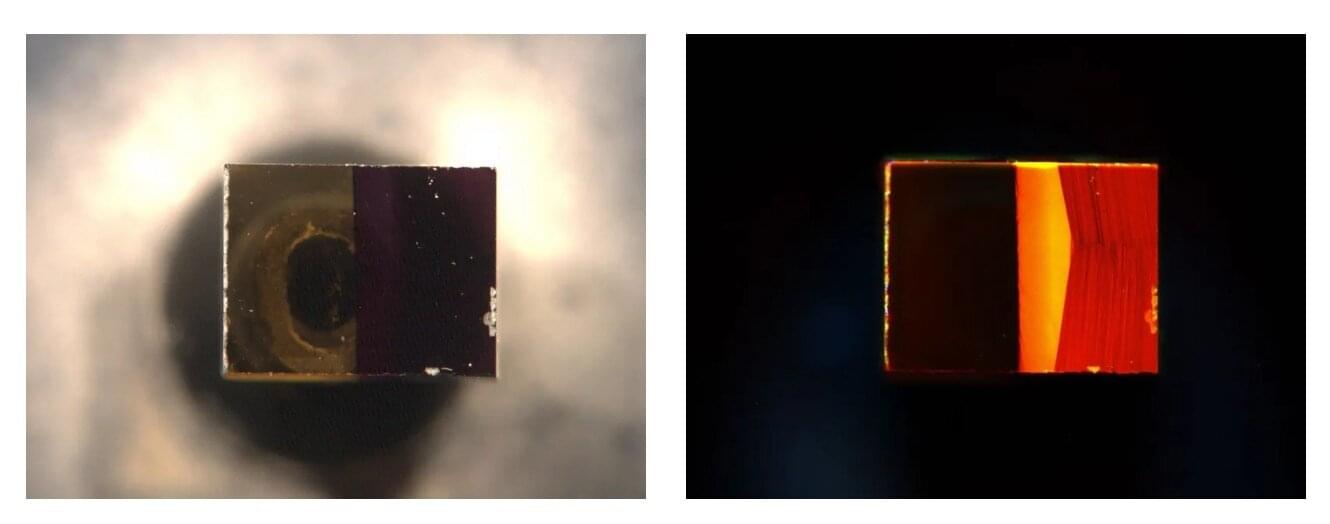
Surprising nanoscopic heat traps found in diamonds
Diamond is famous in material science for being the best natural heat conductor on Earth—but new research reveals that, at the atomic scale, it can briefly trap heat in unexpected ways. The findings could influence how scientists design diamond-based quantum technologies, including ultra-precise sensors and future quantum computers.
In a study published in Physical Review Letters, researchers from the University of Warwick and collaborators showed that when certain molecular-scale defects in diamond are excited with light, they create tiny, short-lived “hot spots” that momentarily distort the surrounding crystal. These distortions last only a few trillionths of a second but are long enough to affect the behavior of quantum-relevant defects.
“Finding a hot ground state for a molecular-scale defect in diamond was extremely surprising for us,” explained Professor James Lloyd-Hughes, Department of Physics, University of Warwick. “Diamond is the best thermal conductor, so one would expect energy transport to prevent any such effect. However, at the nanoscale, some phonons—packets of vibrational energy—hang around near the defect, creating a miniature hot environment that pushes on the defect itself.”

The “impossible” LED breakthrough that changes everything
Scientists have unveiled a technique that uses ‘molecular antennas’ to direct electrical energy into insulating nanoparticles. This approach creates a new family of ultra-pure near-infrared LEDs that could be used in medical diagnostics, optical communication systems, and sensitive detectors.
Researchers at the Cavendish Laboratory, University of Cambridge have discovered how to drive electrical current into materials that normally do not conduct, a feat previously thought impossible under normal conditions. By attaching carefully chosen organic molecules that act like tiny antennas, they have built the first light-emitting diodes (LEDs) from insulating nanoparticles. Their work, reported in Nature, points toward a new generation of devices for deep-tissue biomedical imaging and high-speed data transmission.

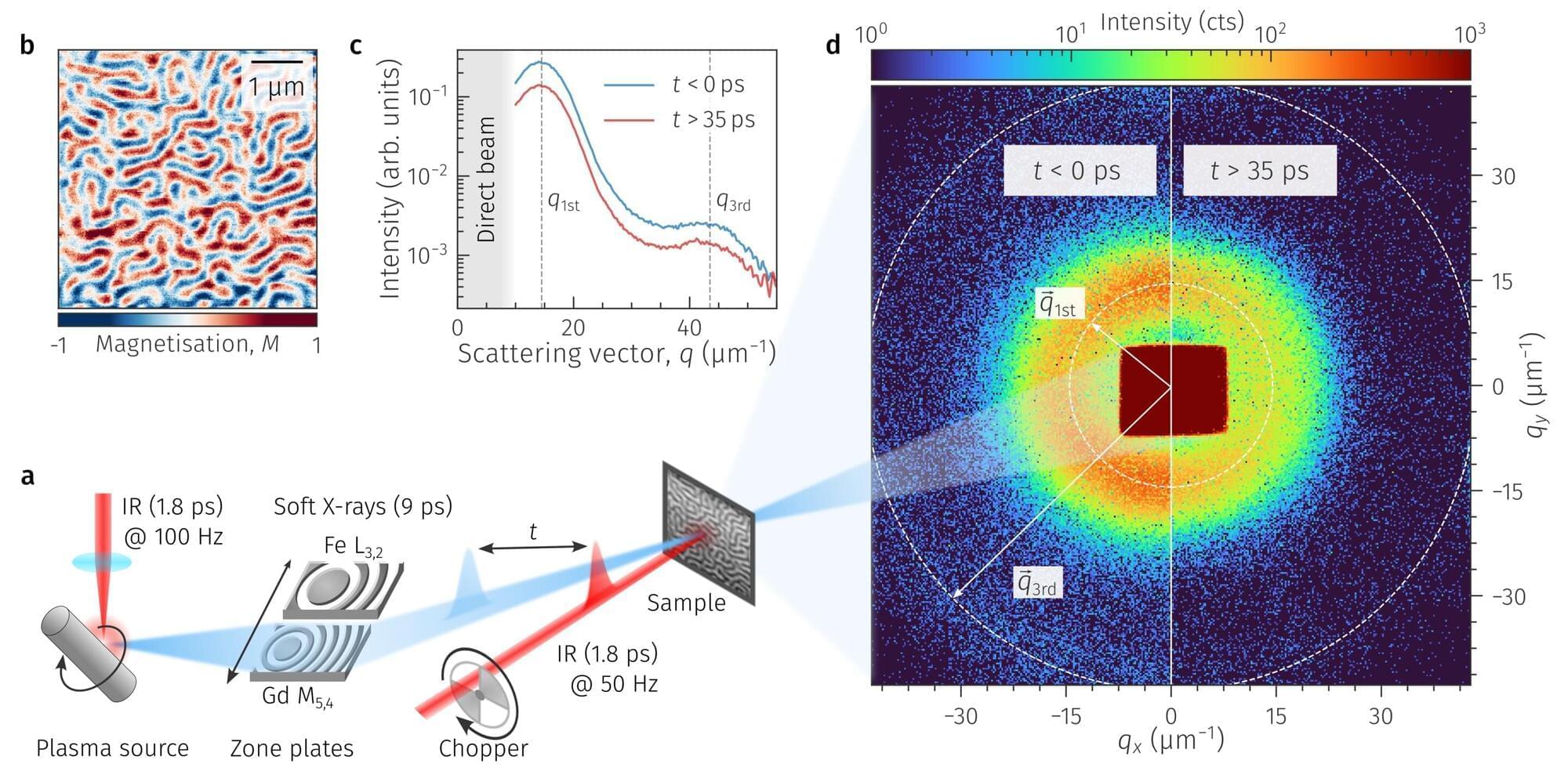
Observing ultrafast magnetic domain changes at the nanoscale with soft X-rays
Scientists at the Max Born Institute have developed a new soft X-ray instrument that can reveal dynamics of magnetic domains on nanometer length and picosecond time scales. By bringing capabilities once exclusive to X-ray free-electron lasers into the laboratory, the work paves the way for routine investigations of ultrafast processes of emergent textures in magnetic materials and beyond.
A dropped fridge magnet offers a simple glimpse into a complex physical phenomenon: although it appears undamaged on the outside, its holding force can weaken because its internal magnetic structure has reorganized into countless tiny regions with opposing magnetization, so-called magnetic domains.
These nanoscale textures are central to modern magnetism research, but observing them at very short time scales has long required access to large-scale X-ray free-electron laser (XFEL) facilities.

Nanowires: a new pathway to nanotechnology-based applications
The synthesis and the characterisation of silicon nanowires (SiNWs) have recently attracted great attention due to their potential applications in electronics and photonics. As yet, there are no practical uses of nanowires, except for research purposes, but certain properties and characteristics of nanowires look very promising for the future.
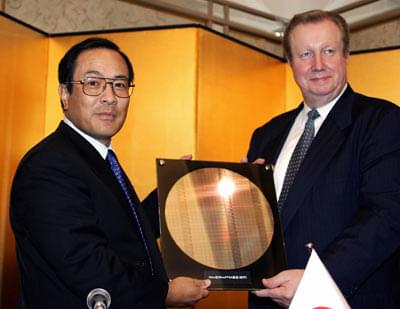
How Nanowires Work
In the next section, we’ll look at the ways scientists can grow nanowires from the bottom up.
Looking at the Nanoscale.
A nanoscientist’s microscope isn’t the same kind that you’ll find in a high school chemistry lab. When you get down to the atomic scale, you’re dealing with sizes that are actually smaller than the wavelength of visible light. Instead, a nanoscientist could use a scanning tunneling microscope or an atomic force microscope. Scanning tunneling microscopes use a weak electric current to probe the scanned material. Atomic force microscopes scan surfaces with an incredibly fine tip. Both microscopes send data to a computer, which assembles the information and projects it graphically onto a monitor.